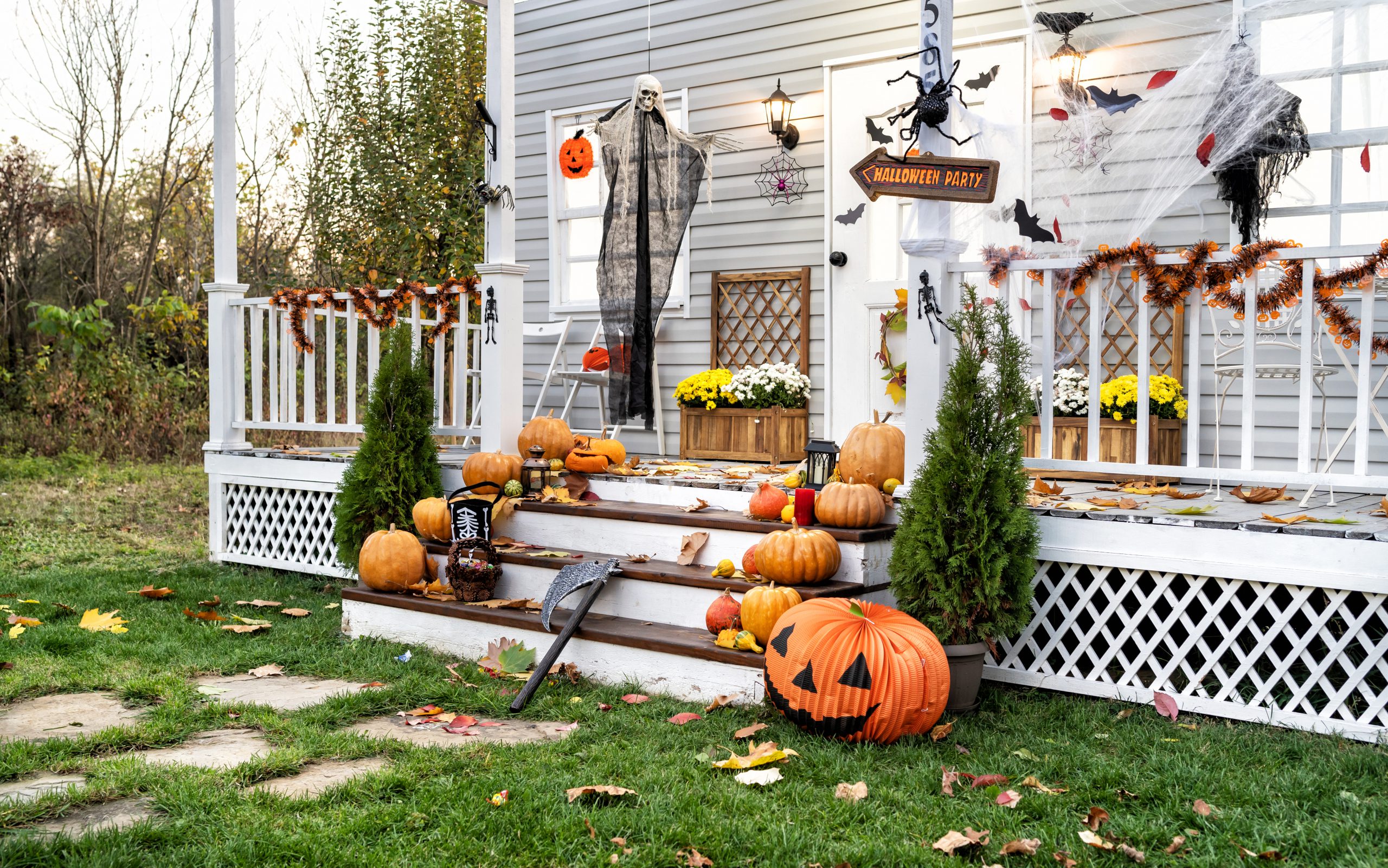
For many of us Antipodeans, Halloween is essentially an American celebration that has captured the imagination of our kids over the past couple of decades.
The global tradition continues to gain traction, with 300,000 more Australians this year planning to celebrate on October 31.
Research from the Australian Retailers Association in collaboration with Roy Morgan revealed that more than 5.3 million Australians will celebrate Halloween this year, with spending forecast to reach $490 million: up 14% or $60 million on 2022.
Perhaps you love these celebrations, too. Creating a super-spooky facade for your home can add to the Halloween atmosphere of your street and be lots of fun for local children.
Maybe Halloween is new to you, or you do not know its origins. So we’ve done a little digging to discover it can be traced to a Celtic harvest festival celebrated in Ireland, Britain and parts of France. Called Samhain, it marked the end of the harvest season and the beginning of winter.
People lit bonfires and wore costumes to keep away evil spirits, and they left food and drink as offerings to the visiting human souls.
These pagan festivals were transformed by the Christian Church in the 7th century and replaced by All Saints Day, which evolved into Halloween as we know it today.
Irish and Scottish immigrants to America brought this celebration with them in the 19th century. These new Americans carved pumpkins and dressed in costumes for the festivities.
The tradition of trick or treating began to take hold at this point.
By the start of the 20th century, the making and selling of Halloween costumes had become big business.
Harking back to the original fear of evil souls, America’s Halloween embraced ghosts, haunted houses and all the other trappings that make it a global festivity.
Whether celebrated two thousand years ago or today, it has never lost its themes of the supernatural, imagination and decoration.
